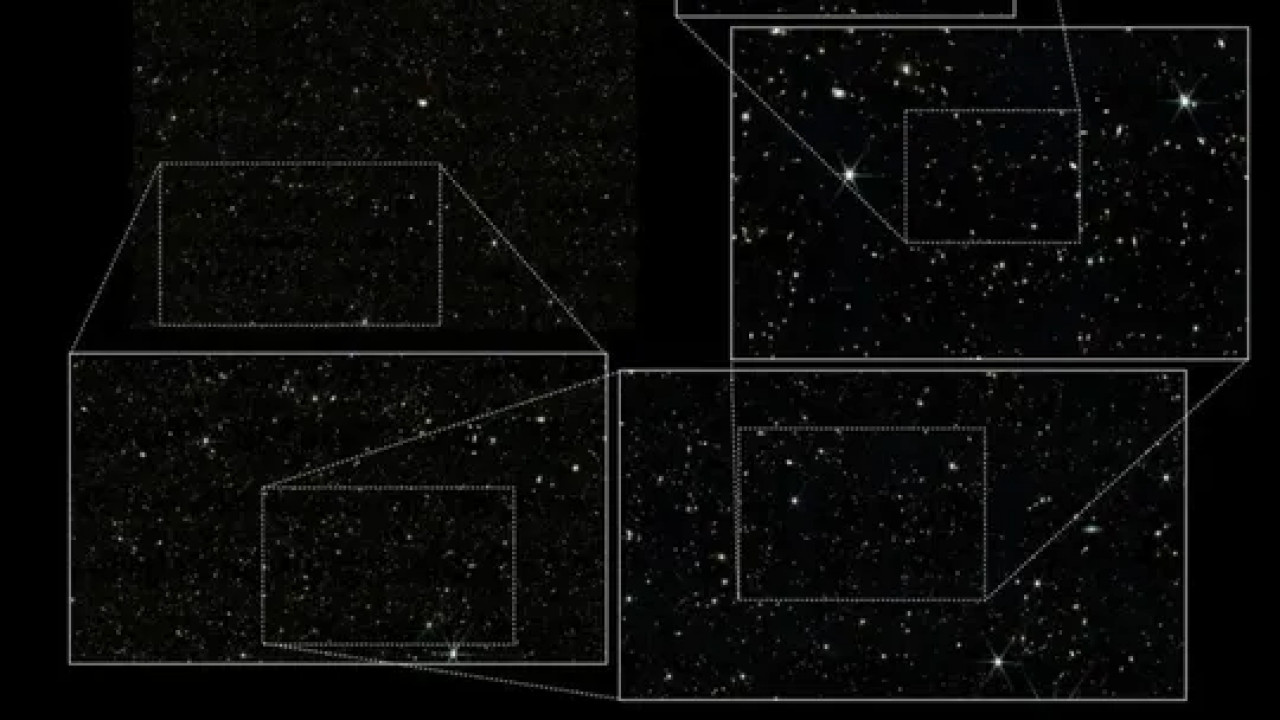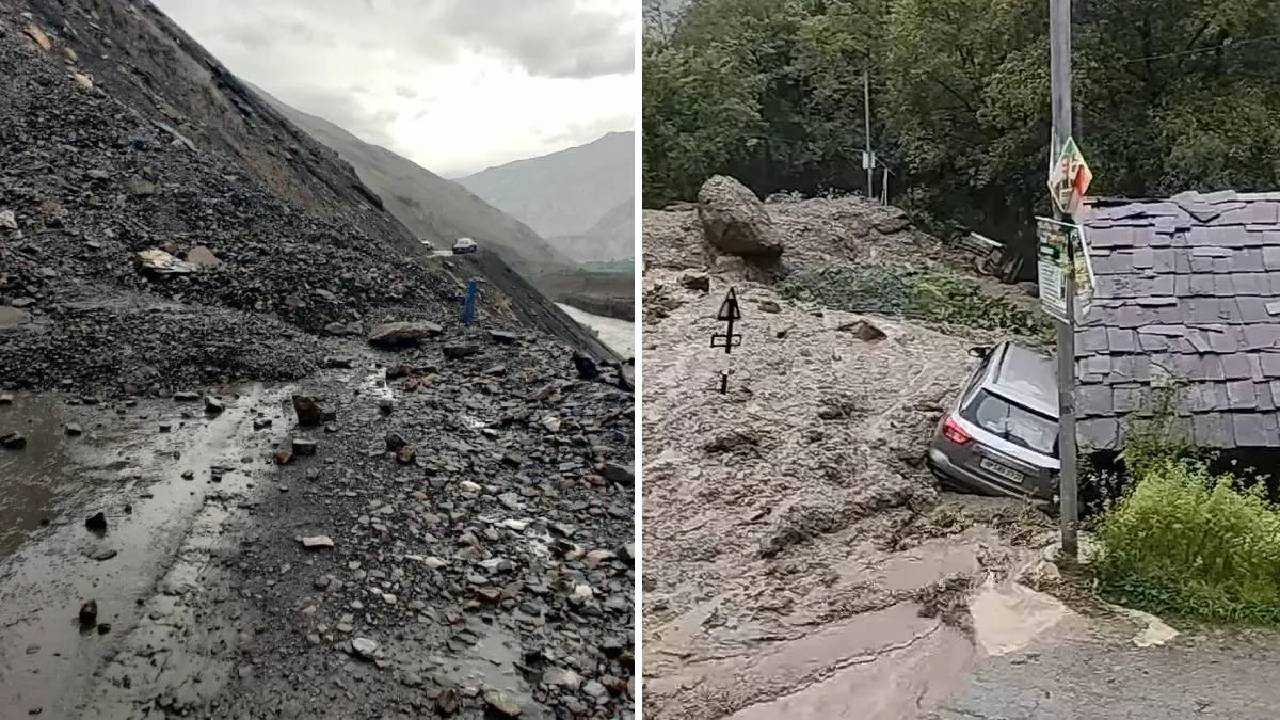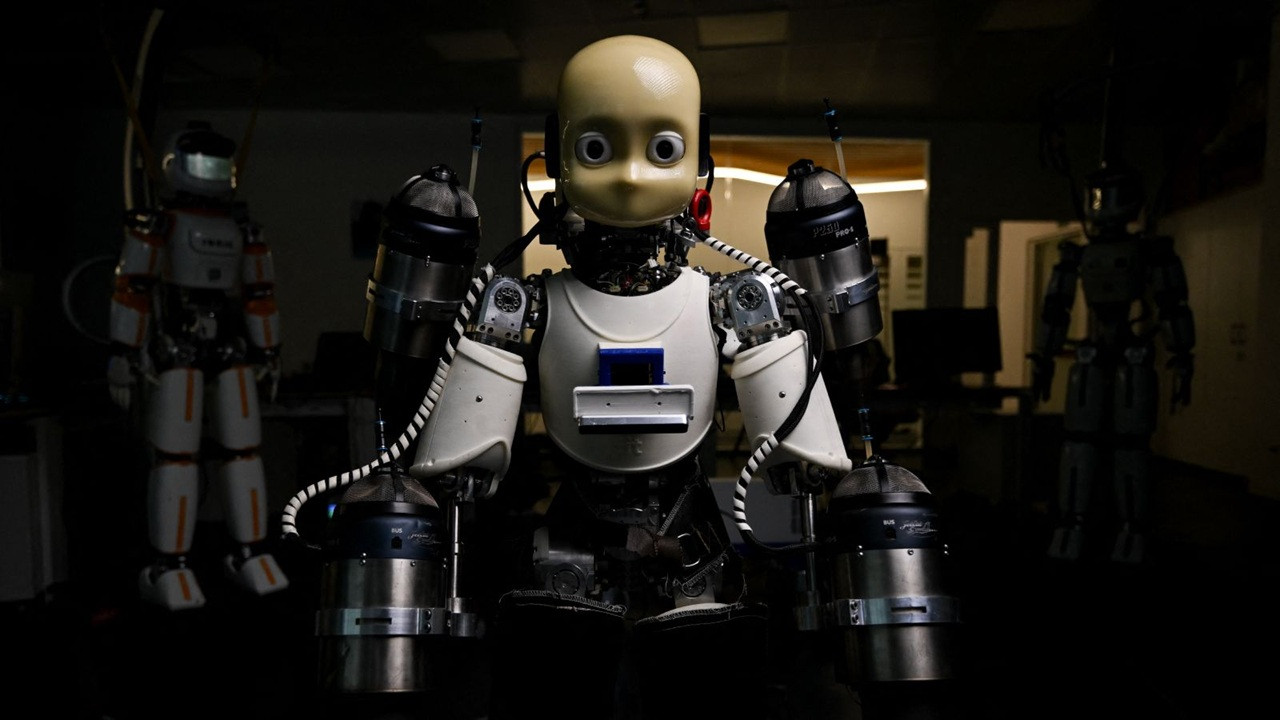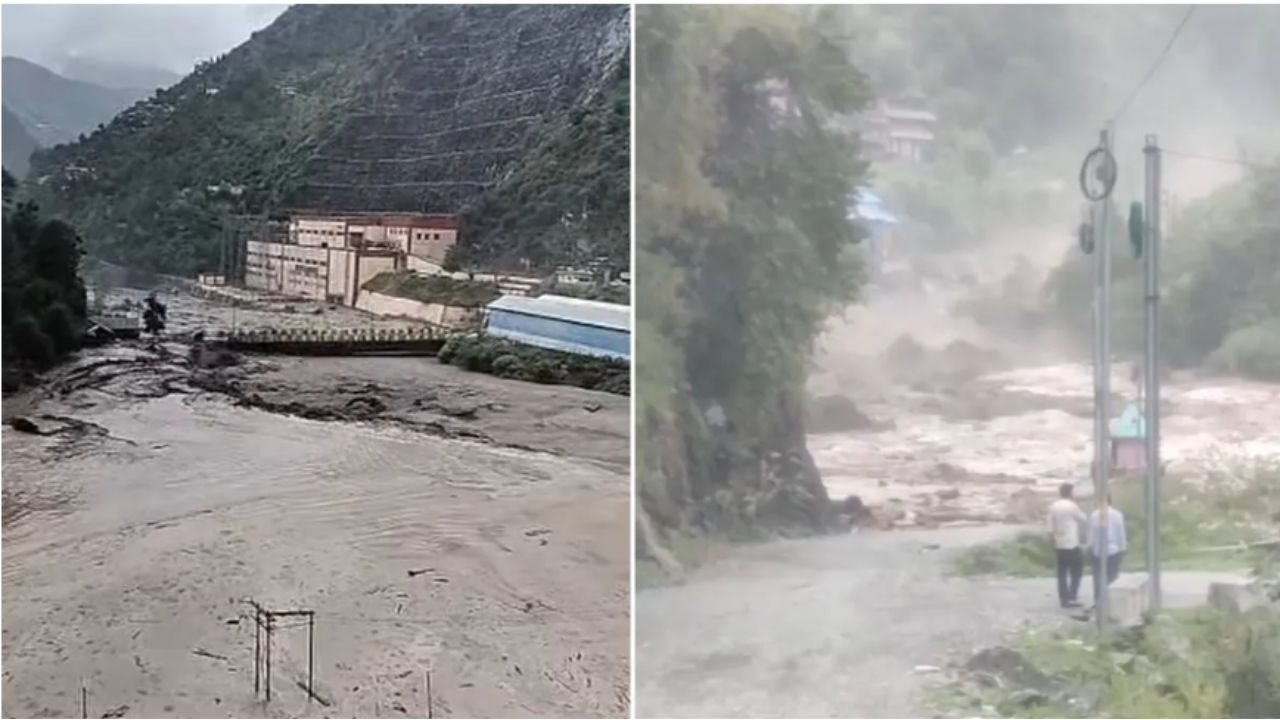International News: For the first time in human history, scientists have captured a breathtaking glimpse into the early moments of the universe—condensed into a single cosmic map. NASA’s James Webb Space Telescope (JWST) has revealed an extraordinary image dating back nearly 13 billion years, offering not only a scientific breakthrough but also a significant step toward unlocking the mysteries of cosmic evolution.
To create this historic image, scientists meticulously processed and combined over 10,000 high-resolution photographs captured by JWST. This immense undertaking is part of the COSMOS-Web Project, initiated alongside the telescope’s launch in 2021. The project brings together a global team of more than 50 leading astronomers and researchers.
Scanning a Sky Area as Wide as Three Full Moons
As part of this ambitious project, JWST observed the sky for over 200 hours, focusing on a region comparable in size to three full moons. The data collected during this period underwent nearly two years of advanced processing. Scientists worked to eliminate technical imperfections and enhance the clarity of the images, resulting in one of the most detailed and expansive cosmic maps ever created.
This map identifies over 800,000 galaxies, many of which are ancient—dating back to the universe’s formative years. These early galaxies are helping researchers understand how cosmic structures began to form shortly after the Big Bang.
Unlocking the Secrets of the ‘Reionization Era’
A central aim of this project is to explore a period known as the ‘Reionization Era’, a phase in the universe’s history when the first stars and galaxies were just beginning to emerge. During this time, the cosmos was largely enveloped in a haze of hydrogen gas. Scientists are now searching for so-called ‘Reionization Bubbles’—clear pockets that appeared amidst this hydrogen fog as light from early stars began to ionize the surrounding gas.
“This Data Is a ‘Treasure’”—Scientists Reflect
Dr. Jehan Kartaltepe, lead researcher from the Rochester Institute of Technology, expressed both excitement and urgency about the project’s value. “I’m not sure if James Webb will be able to cover such a large area again. That’s why this data will serve as a priceless resource for years to come,” she said.
She also noted that the telescope delivered better-than-expected images, surpassing even their most optimistic projections.
Public Access to the Data: Open to All
In a significant move, the scientific team has made all the data from this project freely available to the public. This means students, space enthusiasts, researchers, and everyday citizens can explore the structure, evolution, and position of galaxies using this newly created cosmic map.
The James Webb Space Telescope’s latest accomplishment marks a historic milestone in the journey to understand our universe’s origin. What was once only a theoretical model is now visible in intricate detail. This cosmic map doesn’t just tell a story—it reveals the light emerging from 13 billion years of darkness, forever changing our view of the cosmos












